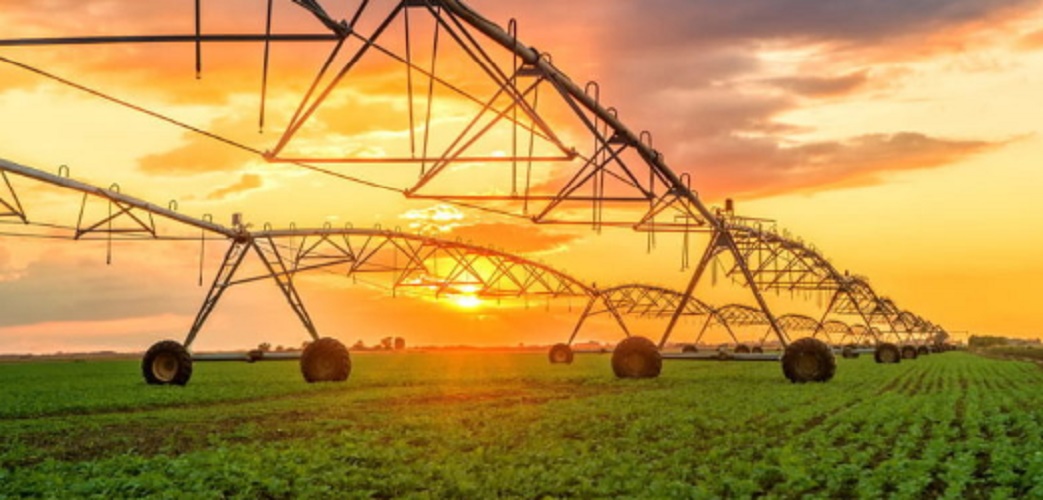Rural Landscape Examples Definition, Meanings & Characteristics
We explain what the rural landscape is, its characteristics, elements, and various examples. In addition, differences in the urban landscape with definition.
What is the rural landscape?
The rural landscape is a space formed by large areas of land where human develops agricultural, livestock, and forestry activities, which correspond to the primary economic sector.
It is an area of the countryside far from the city but easily accessible, which allows for maintaining a fluid connection between the two. It usually has few residential spaces where the people who work in the countryside live mostly.
Every rural landscape is made up of a series of tangible factors (such as the type of crop) and intangibles (such as political and economic decisions that impact rural work). The combination of both factors produces different rural spaces or fields that, however, maintain characteristics in common.
Characteristics of the rural landscape
Among the main characteristics of the rural landscape are:
- The cultivated land. It is the space intervened by the work of man, both for cultivation and for forest products, which allocates very little space for the development of infrastructure or public services.
- The reduced public transport. The development of transport services in the rural area is low and low frequency. Its route usually joins the main routes with the nearest villages.
- The low population density. The rural area has few residential areas, and the houses are very far apart. They are mostly inhabited by employees who work in the field.
- The abundant vegetation. A large number of plants, grasslands, and trees are spread throughout the rural territory in a uniform way, naturally or by human intervention.
- The division of the land. The rural area has delimited lands that can be smallholdings (small agricultural properties and not very profitable by type of soil ) or large estates (large properties and very profitable for its nutrient-rich soil).
- The low percentage of environmental pollution. The rural area has a reduced level of carbon dioxide and sulfur dioxide emissions, compared to urban areas that have a high concentration of vehicles and transport.
- Rural tourism. The country houses and the farms are usually a destination requested by people living in the cities, to enjoy the tranquility and recreation during the seasons or on weekends.
Elements of the rural landscape
Rural landscapes are conditioned by geographical accidents since not all climates or all types of soil are conducive to the development of rural activity. Among the main elements that make up the rural landscape are:
- The relief. It is the set of complex natural forms, for example, the mountain range, the plain, the hill, and the valley, which present adequate natural conditions and allow the development of human labor for the use of the land.
- The earth. It is the layer of the earth’s crust that is formed from the decomposition of rocks by changes in temperature, wind erosion, water action, etc., and which, depending on their conditions, may or may not be suitable for the natural development of vegetation or for the crops created by the human.
- The minerals. They are substances (usually inorganic ) found in certain portions of land, for example, iron metal, copper, and nickel, and nonmetals such as sulfur, gypsum, and salt. These contribute to giving value to the land for being rich in nutrients necessary for crops.
- The climate. It is the set of atmospheric conditions that characterize a certain region according to temperature, humidity, pressure, wind, and rainfall, which make possible the growth of natural vegetation and the work of the earth by man.
Examples of the rural landscape

Here are some examples of rural landscapes:
- The traditional landscapes. They are those rural areas that are characterized by reduced production, although sufficient for self-supply. The land is worked by ancient techniques since the capacity of the soil and work are limited. They are common landscapes in the underdeveloped countries of Africa, Asia, and Latin America.
- The modern landscapes. They are those rural areas that are characterized by the use of technology applied to the agricultural sector, which makes large-scale production possible. This type of landscape originated in Europe along with the Industrial Revolution and expanded rapidly first in the United States and then worldwide.
- The revolutionary landscapes. They are those rural areas with greater production capacity than modern landscapes, but not necessarily because they have more extensive territories. These are fields that are exploited to the maximum of their potential, where they work with agricultural practices and with technologies applied through the use of fertilizers, pesticides, and genetically modified seed varieties that achieve cereals that are more resistant to extreme climates. These practices originated in the United States in 1960 and allowed to significantly increase production, but without paying sufficient attention to nutritional quality.
Rural landscape and urban landscape
The rural landscape consists of an area of harvested fields (for agriculture, deforestation, or livestock). These activities allow human development in cities since they supply them with food and raw materials.
In contrast, the urban landscape is made up of cities of various sizes and population densities. Although both landscapes are developed with a great distance in between, they are needed reciprocally for their development and growth.
You May Also Like:





